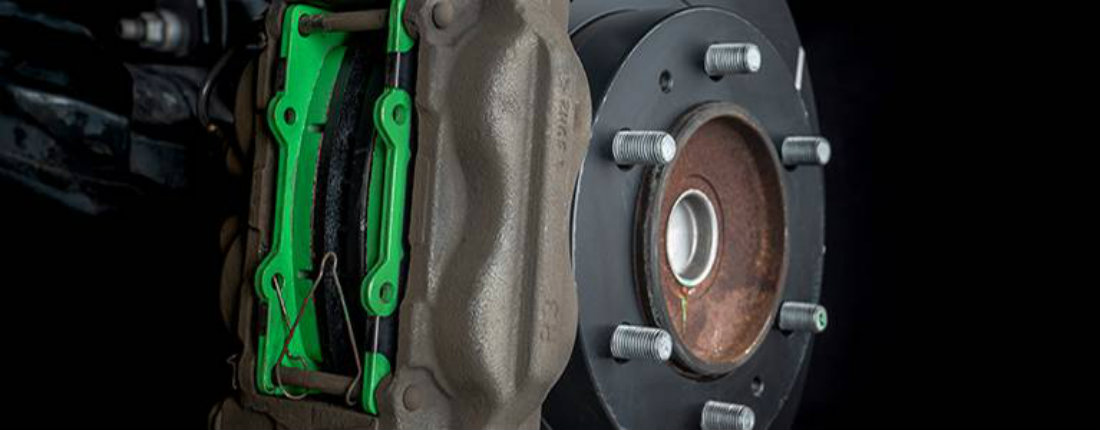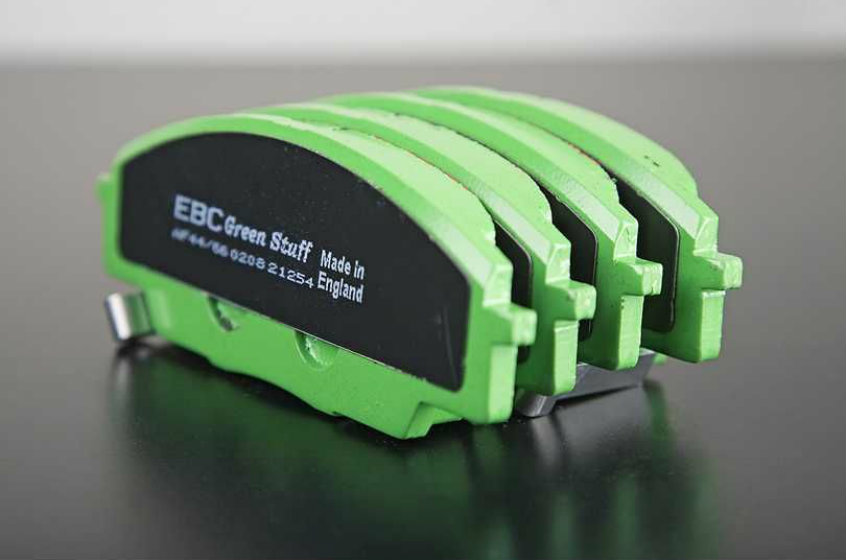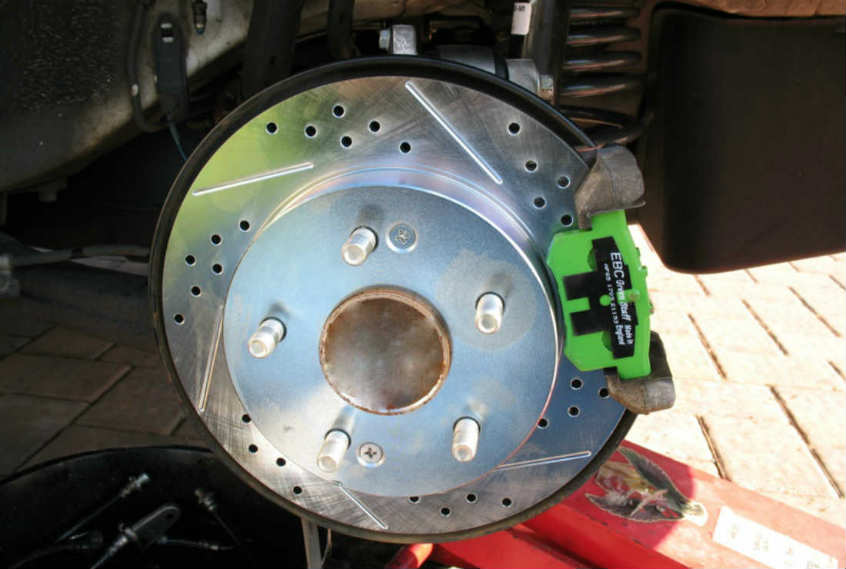
Car Brake Guide: How to Find the Right EBC Pads
The braking systems of today mainly use what is known as a brake pad. Although there’s a different type of brakes that make use of a shoe, the former has prevailed because of how well they perform. Disc brake’s main components, the pads, are what presses on the wheel when you engage the brake pedal. The pedal sends brake fluid to the brake calliper which then pushes the pistons which apply the force from the pedal to the pads themselves. While there are a lot of different components in a disc brake, the pads are the most vulnerable as they come in direct contact with the spinning wheel. Just like you would replace your exhaust for performance gains you would do the same with brake pads for a different reason. Here the reason is because the pads are no longer useful.
Contents
Are EBC Green Stuff Pads Ceramic?
While the green stuff pads from EBC are ECE R 90 type approved and use a material that makes them lighter than other models, they are not ceramic. The EBC green stuff pads are however capable of undergoing heavy use.

Are EBC Brake Pads Good?
In general, products from EBC are considered to provide great performance, be it brake pads, sics or shoes. Usually, EBC brake pads, much like the EBC green stuff pads make the braking process quieter and help reduce the amount of time you need to come to a complete stop.
What to Consider
Types
There are four different types of brake pads, organic (non-metallic), semi-metallic, low metallic, ceramic. Organic pads are made of different type of glasses, resins and rubbers combined with a small amount of metal fibres. These pads are soft and wear off quickly but they are not as harsh on the discs. Organic pads are the most affordable option and ideal for everyday city driving.
Semi-metallic pads are the most commonly used pads in vehicles today. They are made of both metal and synthetic which makes them known as a hybrid. The metals and synthetic compounds are bonded together with an organic resin. Semi-metallic pads are more resistant than organic pads when it comes to wear and heat too. One downside is that they are not as responsive in cold weather applications since metal has a low friction coefficient.
Low-metallic brake pads are made of both metal and organic materials too it’s just that there are fewer metals in them. The metal contents of low-metallic pads are usually between 10 % to 30 %. Although these type of pads are known to make a lot of noise and brake dust they provide excellent braking capabilities and heat transfer too.
Ceramic pads are known as the most performance-oriented brake pads. Why? Because they have a small amount of metal in them with the majority of the ingredients being ceramic fibres, non-ferrous filler materials and bonding agents. These ingredients are what make ceramic pads so quiet and so durable too. They also create less brake dust than any other type of brake pad. Because of this ceramic pads are the priciest option though.

Temperature
To ensure your brake pads last a long time, they don’t necessarily need to have their compound material to be made of ceramic fibres. You should also consider the type of driving you’ll be doing. If it’s everyday cruises around town, then you’ll need pads that can take around 200 °C but if you’re going through stop and go traffic consistently then you’ll need pads that can sustain temperatures of around 260 °C. For high-performance track driving or when you’re towing and hauling you should get pads that can perform under temperatures going past 530 °C.
Feel
The way your pedal feels will tell you a lot about how the pads perform. A firm brake pedal is what you should aim for but not all pad compounds offer that. Organic ones are soft hence why they can make for a spongy pedal. Semi-metallic ones or ceramic pads will make for a firmer pedal since they are not as compressible.
Grade & Letters
The materials that are in the pad are not going to be useful if they aren’t compatible with your vehicle’s braking system. They should also meet the specs and performance requirements so that you are able to drive safely. The grade of each pad varies and it is written on the pad itself in the form of letters. This is the coefficient of friction and it consists of two letters. Higher letters represent a higher coefficient of friction. The majority of pads will have either an EE or FF rating.
Leaves
There are also leaves that you need to look after when finding the right type of pad. A three leaf-symbol signifies that the pad is made in compliance with regulations for toxic and environmentally harmful materials. If one leaf is coloured in this is level A requirement for lead, mercury, chromium, asbestos, and cadmium. Two leaves are for level B and signify limits on copper content. Three leaves meet level N requirements which are for less than 0.5 % total copper content.

